TMJ Treatment Tampa
Creating a More Relaxed, Functional Jaw
Temporomandibular joint (TMJ) disorder or TMD is the result of chronic pain stemming from overworked or damaged jaw joints. Dr. Patrino can alleviate this problem and improve jaw mobility with the help of custom occlusal splints, equilibration, TENS treatment, and even Botox® injections. If you no longer want to wake up with headaches or suffer from regular jaw clicking and popping, contact our office so that we can help by providing TMJ treatment in Tampa.
Why Choose Advanced Dental Associates of South Tampa for TMJ Treatment?
- Dentist Uses Multiple Treatment Options to Achieve Relief
- We Provide an In-House Membership Plan for Uninsured Dental Patients
- State-of-the-Art Dental Facility & Innovative Technologies Used
TMJ vs. TMD
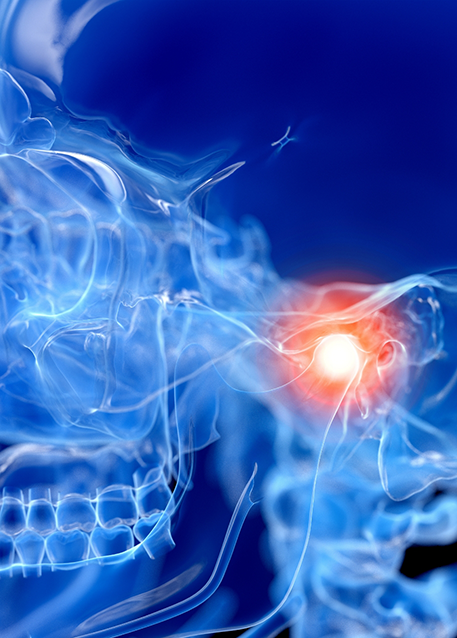
It is not uncommon for people to say they have TMJ when discussing the pain that is felt on either (or both) side of their mouth. To break it down, though, the TMJ or temporomandibular joint is what connects the lower jaw to the base of the skull. TMD or temporomandibular joint disorder is the condition that occurs when overworked or damaged TMJs become painful and work incorrectly.
There are many reasons TMD can arise, including stress, a misaligned bite, bruxism, arthritis, or facial trauma.
Common TMD Symptoms
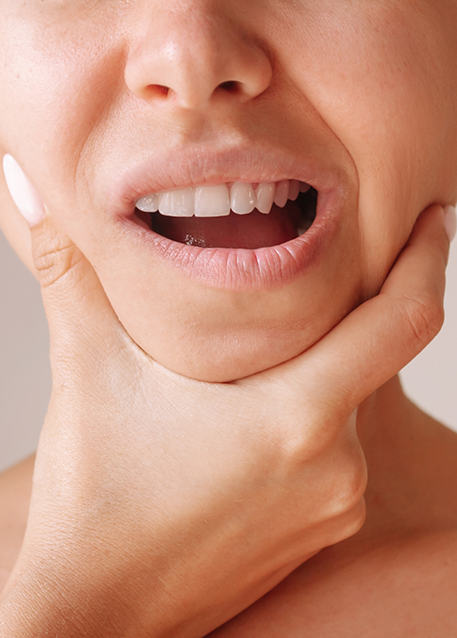
There are several clear signs that TMD exists, such as:
- Intense jaw pain throughout the face and head
- Lockjaw
- Popping or clicking each time you open or close your mouth
- Headaches or migraines
- Stiffness throughout your neck and shoulders
- Difficulty and pain while chewing
- Earaches or ringing in the ear
How We Can Help with TMD

Treating TMD requires that Dr. Patrino first determine the reason for its development. This will be the biggest indicator when deciding how to properly treat the problem. While an occlusal splint, TENS treatment, or even Botox may be required, additional lifestyle changes might also be necessary to minimize symptoms and create a better quality of life.
Equilibration/ Occlusal Adjustments
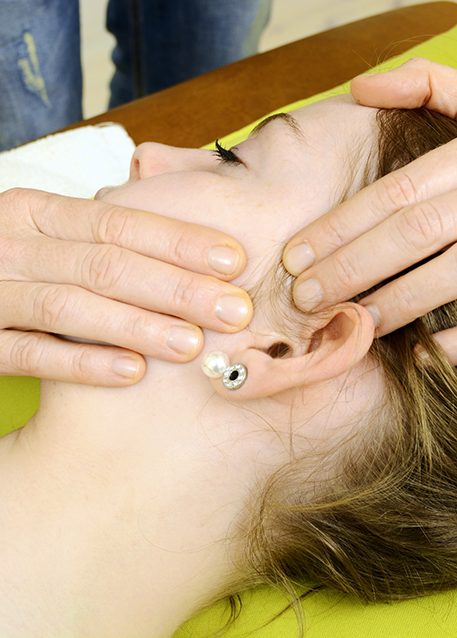
When examining the state of your jaw joints, equilibration/occlusal adjustment may be recommended if your bite is misaligned, and excessive pressure is being placed on certain teeth. This can cause additional pain throughout the jaw joints if left untreated. Dr. Patrino will identify the appropriate areas that require adjustment (altering) before removing a small portion of tooth enamel. This will create a more balanced bite that eliminates muscle tension and promotes a healthier smile.
Occlusal Splints
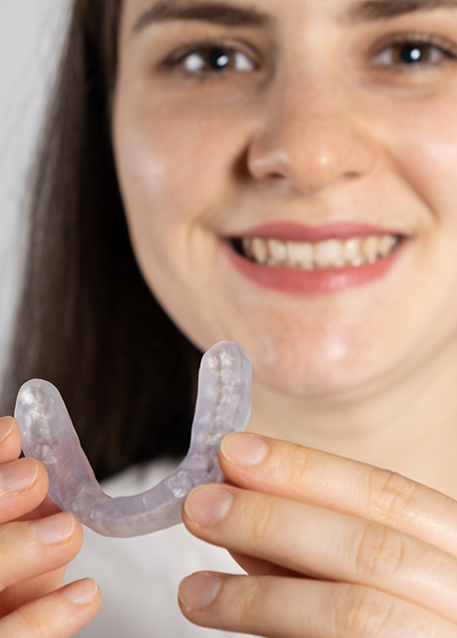
If your jaw is not positioned correctly or bruxism is causing excess pressure to be placed on your joints, an occlusal splint can be crafted. Worn while you’re asleep, the device will prevent your teeth from touching and grinding against one another while also alleviating any pressure placed on the jaw as it moves into a more comfortable position so that pain is no longer a problem.
TENS Machine Treatment

TENS or Transcutaneous Electrical Nerve Stimulation is a type of treatment that uses small electrodes that are applied to precise areas of the face to stimulate the muscles experiencing TMJ pain. The vibrations from the electrodes are effective in providing relief as well as reducing inflammation and creating better blood flow. With frequent sessions, we can help your TMJs to heal over time.
Botox® for TMJ
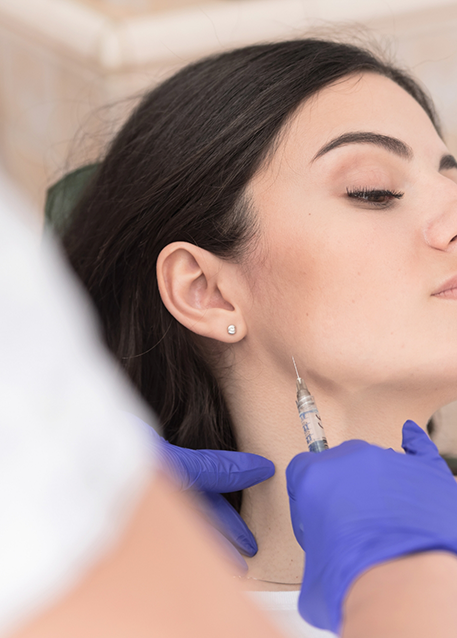
As a temporary form of pain relief, Botox® can be highly effective in minimizing jaw discomfort. While commonly used for cosmetic reasons (i.e., reducing fine lines and wrinkles), these injections can also cause the muscles to relax, preventing further tension caused by them being overworked. Although the results are only temporary (3-4 months), they provide exceptional pain relief and improved jaw function, especially when combined with other solutions.

